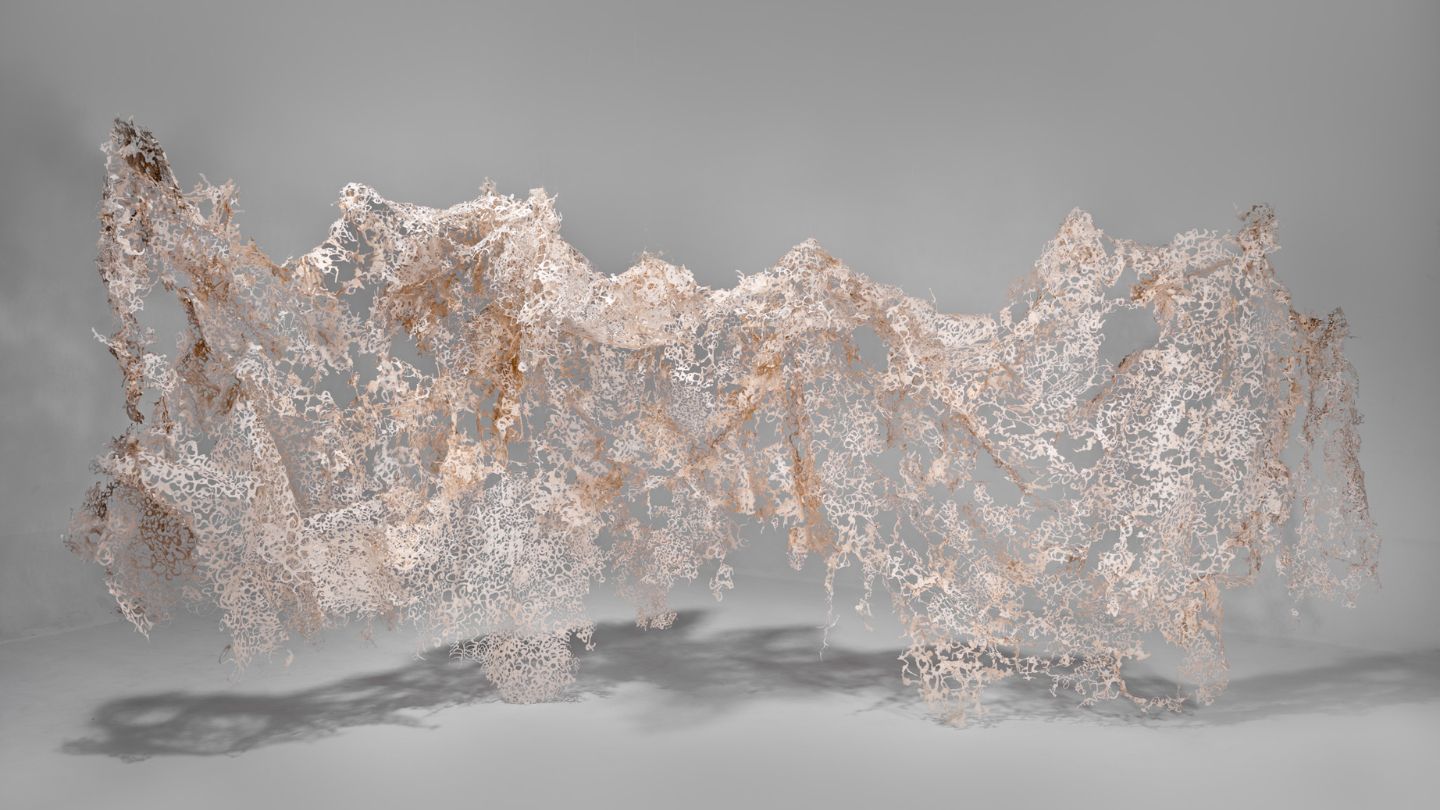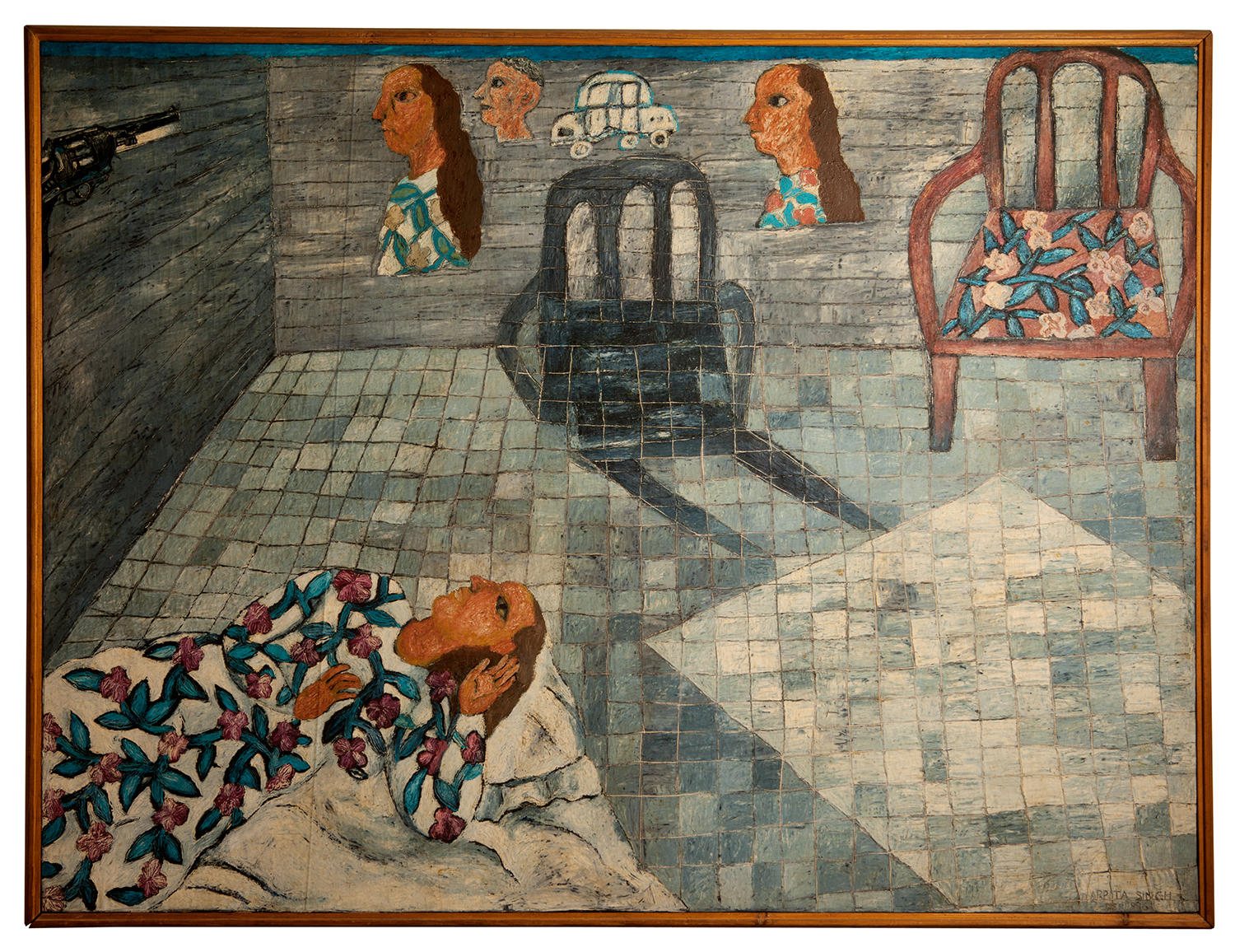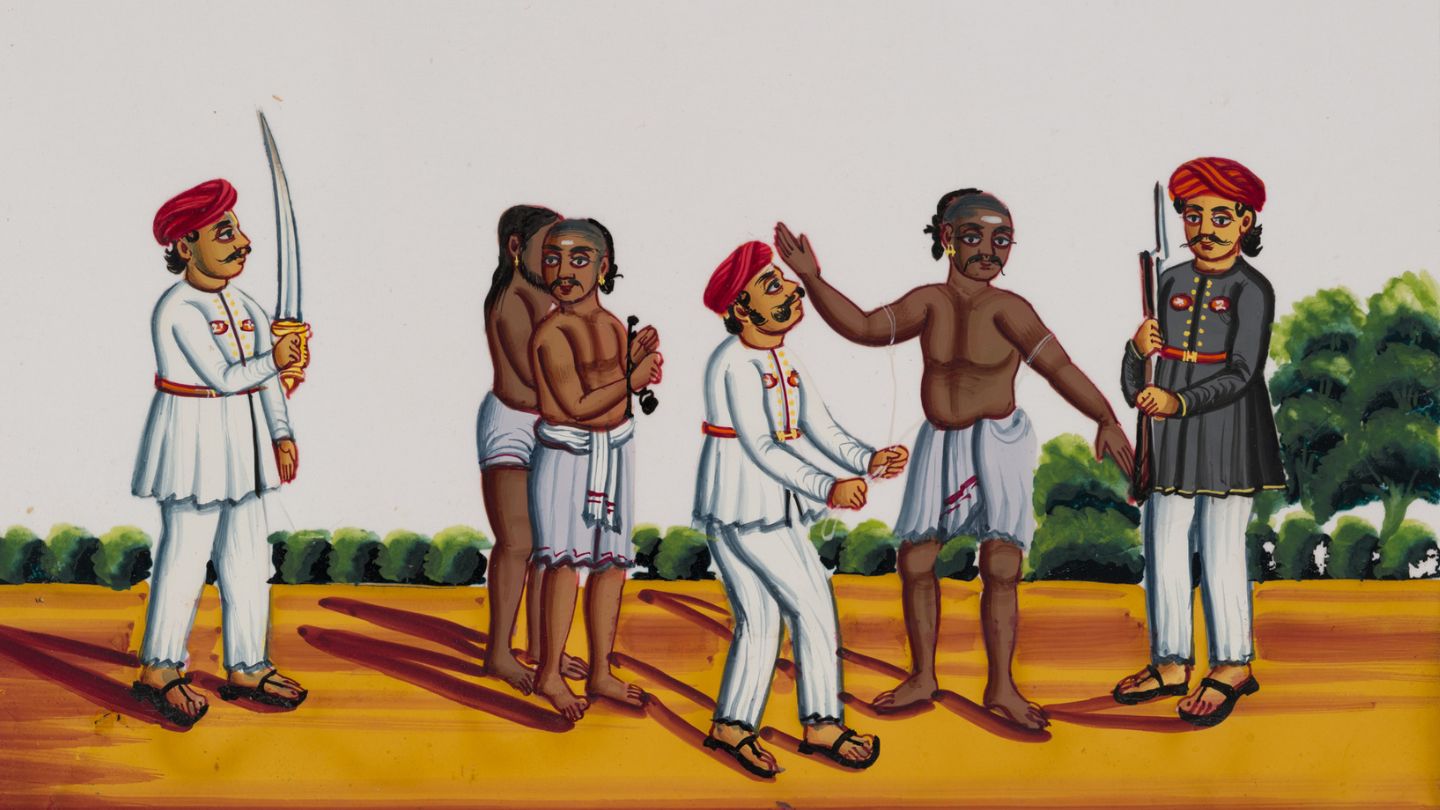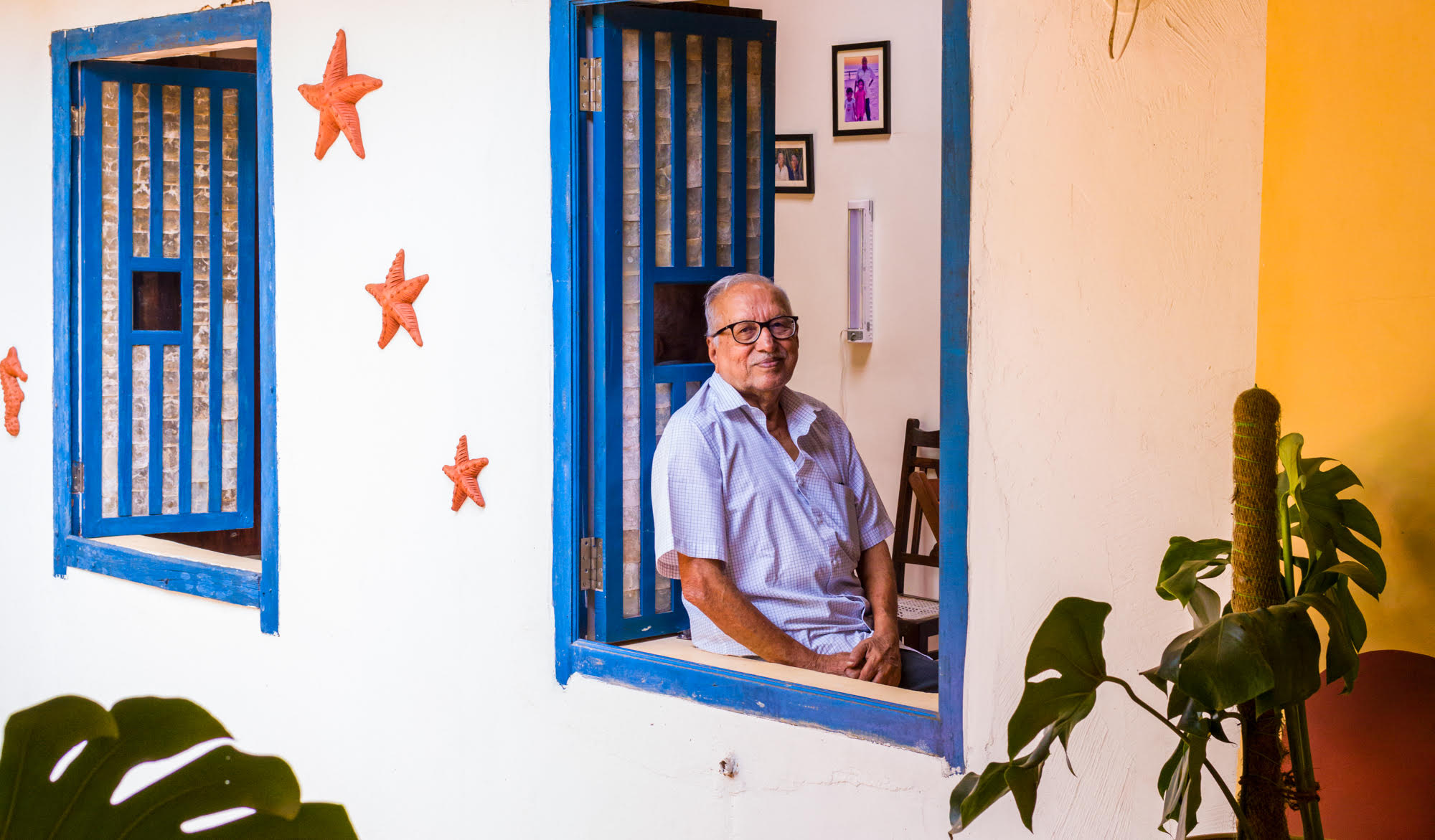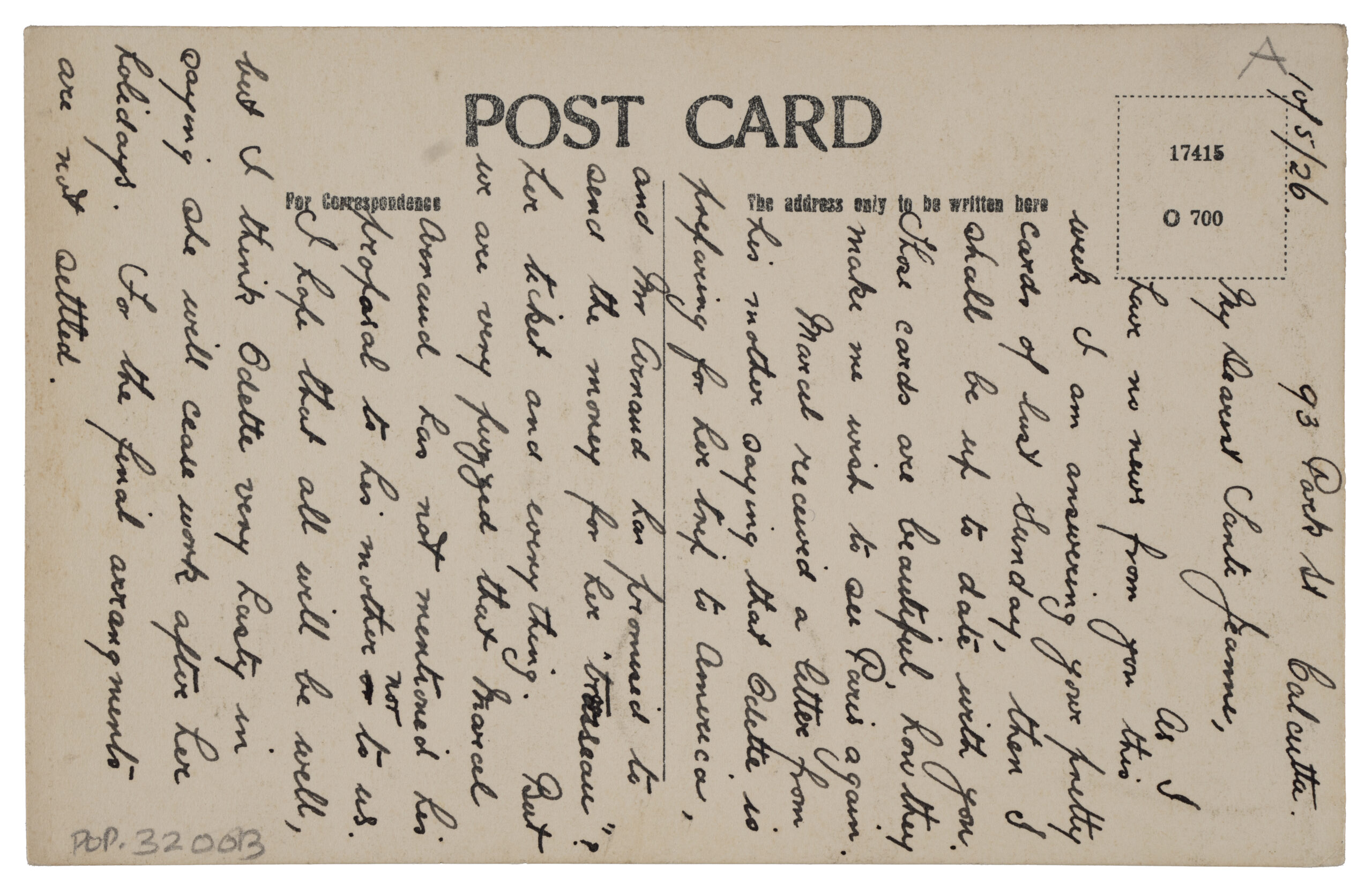Blogs
Earthworks: Explorations of Sculpture
Ishwari Arambam
IARF grantees Bhimanshu Pandel and Kanchan Karjee explore their roots through the practice of sculpture.
In June of 2021, MAP in partnership with 1Shanthiroad Studio launched a relief fund to support artists and their work during the difficult times posed by the Covid 19 pandemic. Open to all practising artists in India, the relief fund received an overwhelming response with over 1000 applications. Twenty artists were selected by an independent jury comprising Paula Sengupta, Radha Mahendru, Indrapramit Roy and Suresh Jayaram. The jury members also offered mentorship conversations to the artists.
In an attempt to showcase the exciting work that was achieved under this grant, we have placed the grantees and their artworks in conversation with each other, to respond to and facilitate a conversation around the common themes or concerns addressed in their art.
If you would know strength and patience, welcome the company of trees.
- Hal Burland
Weeping Willow, Bhimanshu Pandel, 2021, Image courtesy of the artist
The Weeping Willow is a work produced as a result of Bhimanshu Pandel’s exploration of the world of trees. The sculptural installation manifests as a chimaera inspired by multiple tree species. Born in Jaipur, Rajasthan, Pandel’s research and fascination is fuelled by myth-making values that are woven into the folk stories that permeate the region. His research led him to the Khejri tree, a species that thrives in the desert surviving hardships of continued drought and scarcity of water for many years.
A 400-year old Khejri tree in Rajasthan, Bhimanshu Pandel, 2020, Image courtesy of the artist
The eight feet tall, ten feet wide structure began as a drawing that attempted to capture the mood of the final piece. The image resembles a spine-tingling wormhole. It is composed of a swarm of thorn-like parts that seem to beat and pulsate. And yet, its abstract fluency takes the viewer to a familiar and calm setting.
